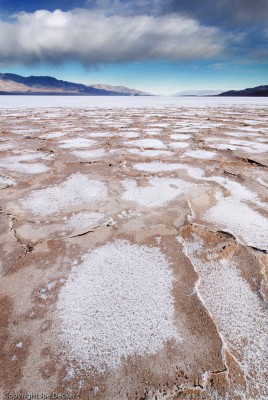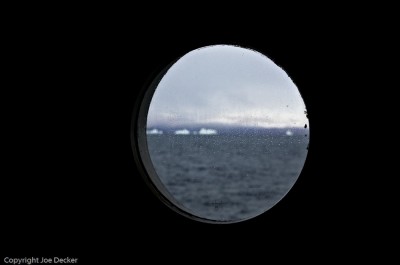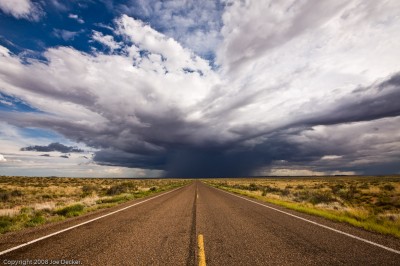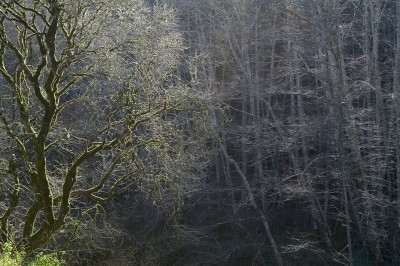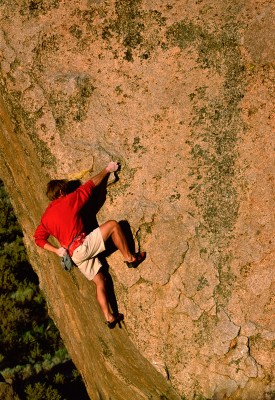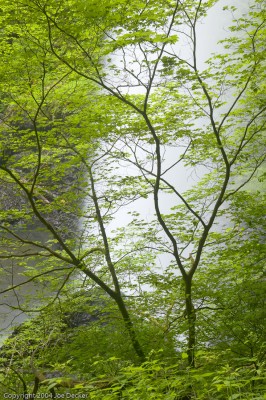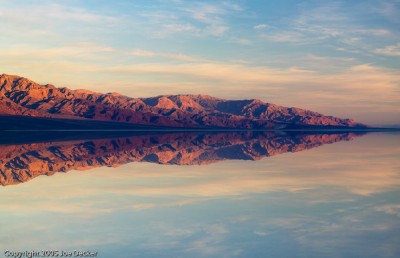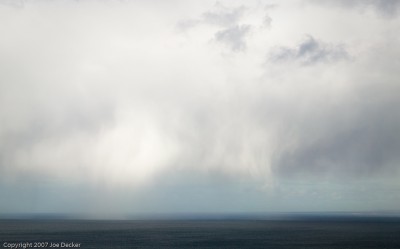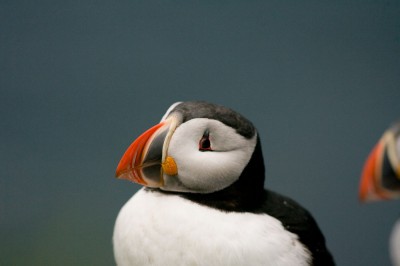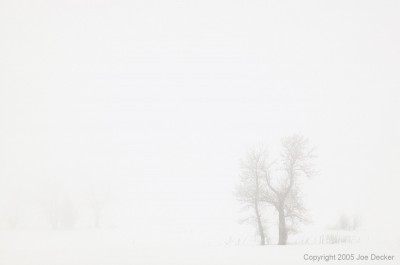The Tuesday Composition: Repetition
If you like this article, you can now get the book! Joe has expanded the “Tuesday Composition” series into an inspiring new ebook on composition, especially for nature photography. Check it out: The Tuesday Composition.
A while back we talked about visual echoes–and we primarily focused on repetitions of two similar or contrasting objects. Today I’m going to revisit that topic with a greater emphasis on repetition generally, whether two, eleven or a million similar image elements. If you didn’t get a chance to read the echoes post, I suggest going back and and reading it now, many of the ideas in today’s post will relate to and reflect on the ideas I presented there.
Repetition is a powerful and amazingly versatile tool.
One of my favorite uses of repetition in composition is in simplifying an image. In general, images with many kinds of disparate elements can be harder for the viewer to make sense of–put enough elements together and you take away an easy sense of what elements of the image are important, dominant.
Repeating patterns in an image can help organize all of those elements into a pattern that’s easier for the viewer to understand. Salt Polygons at Sunrise has hundreds of elements, but our eye quickly integrates the underlying pattern of the salt polygons and makes sense of what’s going on in the image. A random collection of that many disparate elements in an image would feel much more chaotic. (Of course, that might be what you want, but more often, my own work tends towards less chaotic.) (more…)
